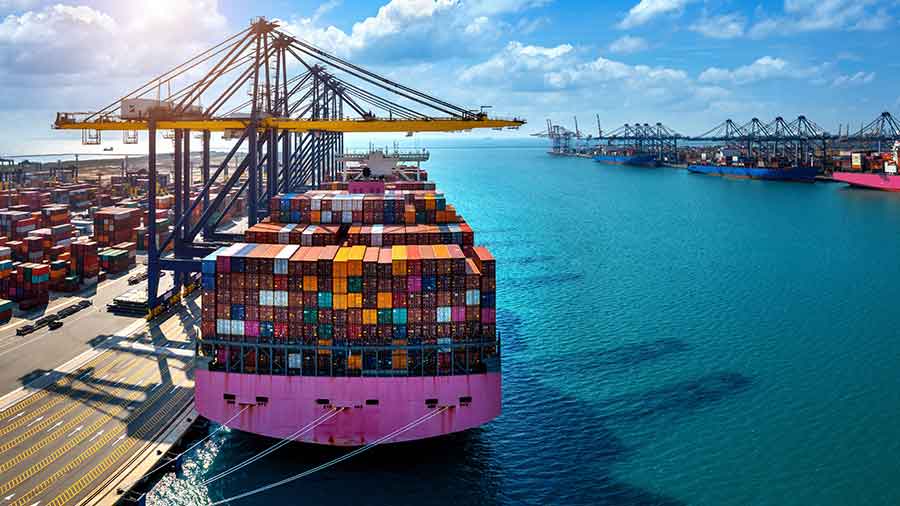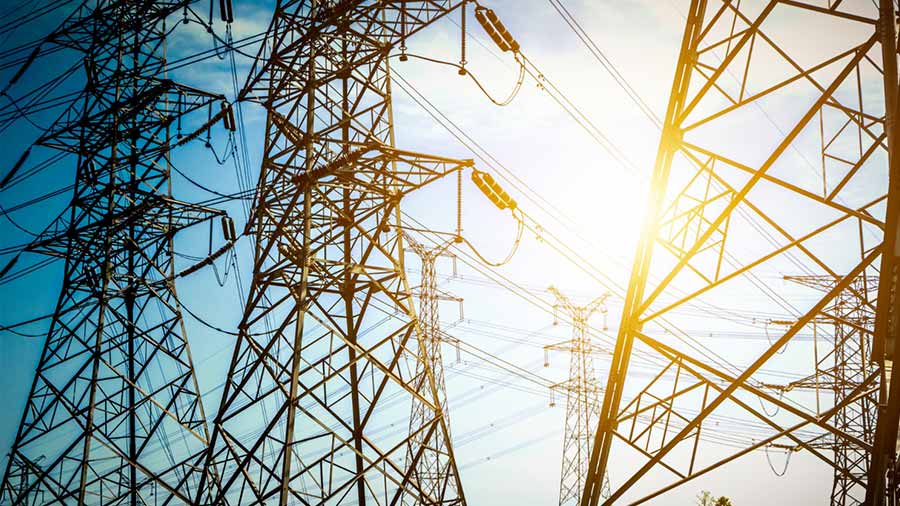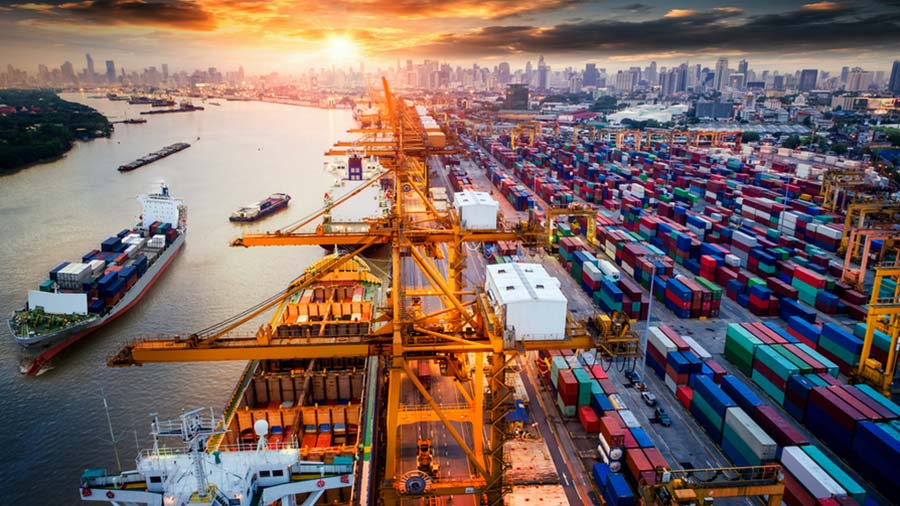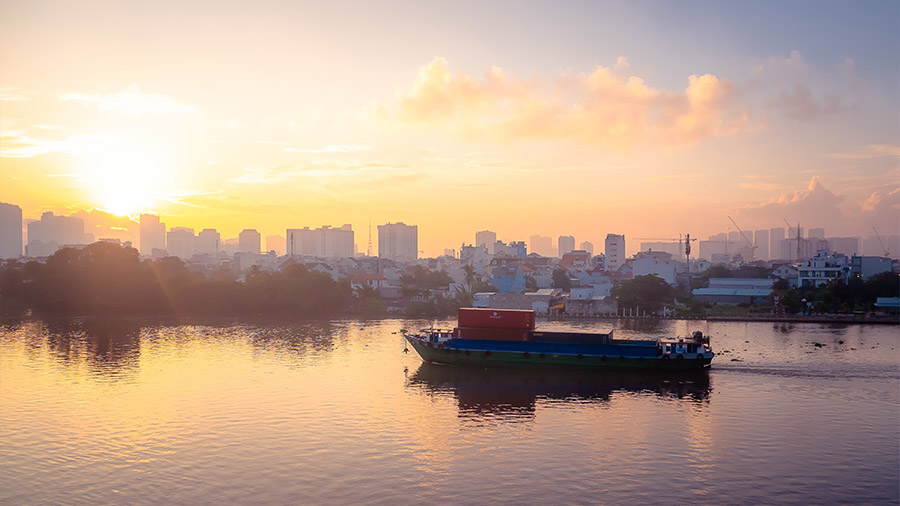Summary of tax incentives for foreign invested enterprises
The Vietnamese government offers numerous investment-related business incentives and is continually making further improvements through both reforms and by further upgrading incentives to maintain the country’s high appeal to foreign investors.
Tax incentives tend to be one of the most important among investment incentives to foreign investors and is one of the most attractive features of the Vietnamese business landscape.
Vietnam’s Law on Investment specifies the three forms of incentives that are available to companies operating within the country, in Section 1, Article 15.1:
|
Corporate Income Tax |
Application of a corporate income tax (CIT) rate lower than the standard 20% CIT, for a certain period of time or throughout the project execution; |
|
Import Duties / Tax |
Exemption or reduction of import duties or tax on goods imported as fixed assets on raw materials, supplies, and parts used for the project; |
|
Land rent and levies |
Exemption or reduction of land rents and land levies. |
Note about Corporate income tax (CIT) incentives: CIT incentives are granted to both foreign and local investors to promote investment in sectors or areas that are on par with the national development strategies. There are two main CIT incentives in Vietnam—preferential tax rates (reduced tax rates), and tax holidays (tax exempted for a certain period or the lifetime of the project).
These various incentives are applied to investments by economic zone, industrial sector, region, and other special applications, such as large-scale investments.
A summary of the applicable incentives can be found in the following sections.
Incentives for prioritized sectors
Certain sectors in Vietnam are encouraged for investment, including industries that the government plans to incentivize, prioritize, or which are beneficial to society:
|
Summary of Prioritized Business Lines and Projects Eligible for Investment Incentives In Vietnam |
|||
|
Class: |
High tech |
Large scale |
Social importance |
|
Description: |
Investment projects in the following sector categories:
|
Manufacturing projects with a minimum invested capital of VND 6,000 billion, and which meet one of the following a) Annual revenues of VND 10,000 billion by the fourth year of operations b) Employment of at least 3,000 workers
Manufacturing projects** with a minimum investment capital of VND 12,000 billion and which utilize certain technologies.
|
Investment projects in the following sector categories:
|
|
Incentives: |
· 10 percent CIT for 15 years* · CIT exemption for 4 years** · 50 percent reduction on payable CIT for 9 years |
· 10 percent CIT for 15 years* · CIT exemption for 4 years** · 50 percent reduction on payable CIT for 9 years |
· 10 percent for entire life of project · 4 years of CIT exemption** · 5 years of 50 percent reduction on payable CIT |
|
* From the first year of operating income generation **from the first year of profit Note: Projects within economic zones may be liable to different treatment. |
|||
Incentives in economic zones
Vietnam has encouraged the establishment of economic zones throughout the country. These zones are a common entry point for a variety of firms because they provide access to specialized labor, easy access to ports, good business conditions, increased access to infrastructure, pools of talent, and networks of suppliers. Foreign investors should strongly consider setting up their operations within one of Vietnam’s industrial zones.
Importantly, investors in these zones benefit from tax incentives extended by the Vietnamese government. In most cases, qualifying for tax holiday and preferential tax incentives. In limited cases, where a zone is located in a disadvantaged area, a preferential rate of corporate income tax will also apply.
|
Common Economic Zone Investment Incentive Types in Vietnam |
|
|
Economic zones |
Economic zones in Extremely disadvantaged areas |
|
· 2 to 4 years* of tax exemption** · 4 to 9 years of 50 percent reduction on payable CIT |
· 10 percent CIT for the lifetime of the project · 4 years of tax exemption** · 9 years of 50 percent reduction on payable CIT |
|
* Rate determined on a case-by-case basis ** From the first year of profit generation |
|
Explore our 'Where to Invest' spotlight guides regarding Vietnam regions and economic zones.
Incentives in disadvantaged locations
The tax incentives based on location are as follows:
|
Disadvantaged Location Investment Incentives in Vietnam |
|
|
Disadvantaged areas |
Extremely disadvantaged areas |
|
· 17% CIT for 10 years* · 2 years of CIT exemption** · 4 years of 50 percent reduction on payable CIT |
· 10 percent CIT for the lifetime of the project · 4 years of tax exemption** · 9 years of 50 percent reduction on payable CIT |
|
* From the first year of income generation ** From the first year of profit generation Note: Projects invested into within economic zones may be liable to different treatment. |
|
- Firms operating in extremely difficult areas, special economic zones (SEZs) or high-tech zones (HTZs) are taxed at 10 percent for the first 15 years of revenue generation. This period also includes a tax holiday for the first four years followed by a 50 percent reduction for the subsequent nine years;
- Firms operating in difficult areas are taxed at 17 percent for 10 years of revenue generation. This period also includes a tax holiday for the first two years, followed by a 50 percent reduction for the subsequent four years;
- Firms operating in industrial parks are eligible for two years of tax holidays, followed by a 50 percent corporate tax reduction for the subsequent four years.
- Tax incentives are also granted for large manufacturing projects except for those in natural resources.
Besides these, the government also offers customs duty incentive policies and land rental exemption policies that further help to encourage businesses.
Import duties, land rental and special incentives
Customs duty exemptions
Businesses can also enjoy exemptions from import duty if they meet one of the following criteria:
- Goods are imported to form fixed assets of select projects prescribed under the law;
- Goods are imported for implementing export processing contracts with foreign parties;
- Raw materials and supplies are imported to directly serve the production of software products, and cannot be produced domestically;
- Goods are imported for use in scientific research and technological development, and cannot be produced domestically.
Land rental incentives
Subject to specific conditions, some investment projects can also enjoy land rental fee exemption:
- Exemption for the whole operational period—projects on the list of special investment encouragement sectors investing in areas of particularly difficult socio-economic conditions;
- 15 years of exemption—projects on the list of special investment encouragement sectors investing in areas of difficult socio-economic conditions or projects on the list of investment encouragement sectors investing in areas of extremely difficult socio-economic conditions;
- 11 years of exemption—projects investing in areas of extremely difficult socio-economic conditions; projects in the list of special investment encouragement sectors; projects in the list of investment encouragement sectors investing in difficult socio-economic areas;
- Seven years of exemption—projects investing in areas of difficult socio-economic conditions;
- Three years of exemption—projects on the list of investment encouragement sectors; business and production relocation under urban planning or due to environmental pollution.
Special incentives
More recently, the Prime Minister issued Decision 29/2021/QD-TTg providing the levels, duration, and conditions for the application of special incentives for investment projects which are granted based on the satisfaction of the law-specified criteria on investment capital, high technology, technological transfer, added value, and value chain participation of Vietnamese enterprises.
The new regulation Is expected to encourage foreign investors with large capital amounts and high technologies to make long-term commitments with Vietnam while promoting the process of technology transfer and increasing the spillover effects of FDI.





















